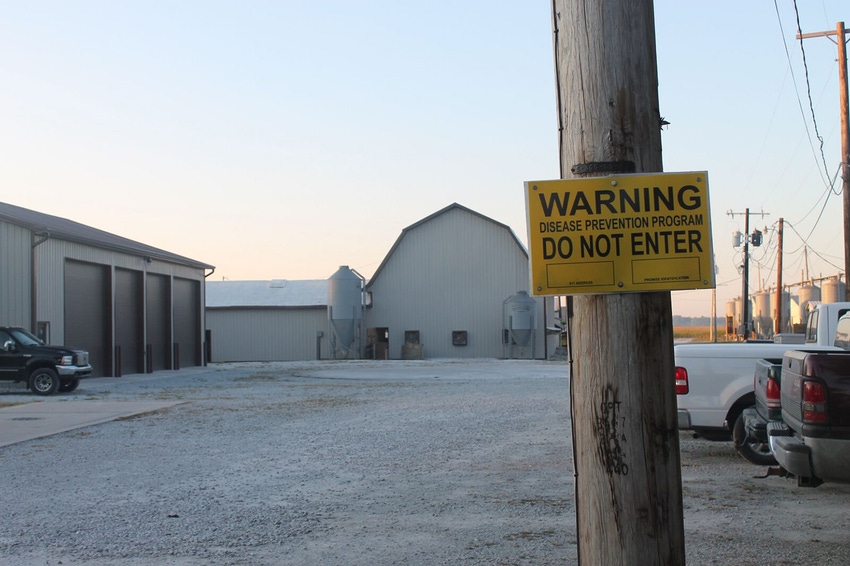Interest in broadening the pathogen list, with suggestions including E. coli, PCV3, Salmonella sp. and Brachyspira sp.
October 31, 2022

Since March 2018, Swine Health Information Center's Domestic Swine Disease Monitoring Report has been published monthly on its website and in its newsletter. Funded by SHIC and produced by the Swine Disease Reporting System team, the report provides real-time updates on megatrends of disease agent activity over time, age group, specimen and states using data from five midwest veterinary diagnostic laboratories. During their October board meeting, the SHIC Board of Directors voted to continue funding the program for 2023.
In their renewal proposal, SDRS staff will maintain current aggregated PCR detection databases for porcine reproductive and respiratory syndrome virus, porcine epidemic diarrhea virus, porcine deltacoronavirus, transmissible gastroenteritis virus, influenza A virus, porcine circovirus type 2 and Mycoplasma hyopneumoniae. IAV and PCV2 were added to the monitoring report in 2022. In response to a survey conducted by SHIC seeking input for improvements in the SDRS report, educational material with interpretation of reports and charts via short videos will be added in 2023. This digital multimedia content would be featured on the SDRS website and shared via link in reports provided to SHIC.
Interest in broadening the SDRS pathogen list was shared via the survey, as well as by the SHIC Monitoring and Analysis Working Group members considering the renewal proposal. Suggestions included E. coli, PCV3, Salmonella sp. and Brachyspira sp. with plans to add each in 2023 currently being considered. Another request from the SHIC survey and endorsed by Working Group members was incorporation of regional data analysis into the report, which currently represents collated data from all five VDLs.
The Domestic Disease Monitoring Report has evolved over time to incorporate data from VDLs at Iowa State University, University of Minnesota and Kansas State University. It also includes the South Dakota Animal Disease Research and Diagnostic Laboratory and, most recently, the Ohio Animal Disease Diagnostic Laboratory. An advisory group of academicians, practitioners, producers and diagnosticians review each monthly report and provides interpretation and context to the reporting and methodology.
Both SHIC and SDRS staff maintain focus on reports aligning with SHIC's mission of protecting the health of the U.S. swine herd. Reports share information on the activity of endemic and emerging pathogens affecting the U.S. swine population, assisting veterinarians and producers in making informed decisions on disease prevention, detection� and management.
Rather than anecdotal field observations, this reporting tool provides robust diagnostic data, with statistical analyses and Advisory Group input, that enables early identification and response to emerging and re-emerging diseases in the U.S. swine population. For example, data from the SDRS revealed higher infection rates of pigs post-weaning, a vulnerability that is now being addressed by SHIC's Wean-to-Harvest Biosecurity Program, launched in June 2022.
In addition to publication on the SHIC website and in its newsletter, the SDRS report is available online at the ISU Field Epidemiology page. On this site, the SDRS team maintains a collection of daily updated online dashboards, links to their monthly podcast and YouTube videos, as well as the reports themselves.
SHIC, launched by the National Pork Board in 2015 solely with Pork Checkoff funding, continues to focus efforts on prevention, preparedness and response to novel and emerging swine disease for the benefit of U.S. swine health. SHIC is funded by America's pork producers to fulfill its mission to protect and enhance the health of the U.S. swine herd.
Source: Swine Health Information Center, which is solely responsible for the information provided, and wholly owns the information. Informa Business Media and all its subsidiaries are not responsible for any of the content contained in this information asset.
You May Also Like



